Introduction: With the release of Windows 11, many users are excited to try out the new features and improvements it offers. However, some may still rely on Windows 10 for certain applications or personal preferences. Thankfully, you don’t have to choose between the two operating systems. In this blog post, we will guide you through the process of dual booting Windows 10 and Windows 11, allowing you to enjoy the best of both worlds.
Step 1: Backup Your Data
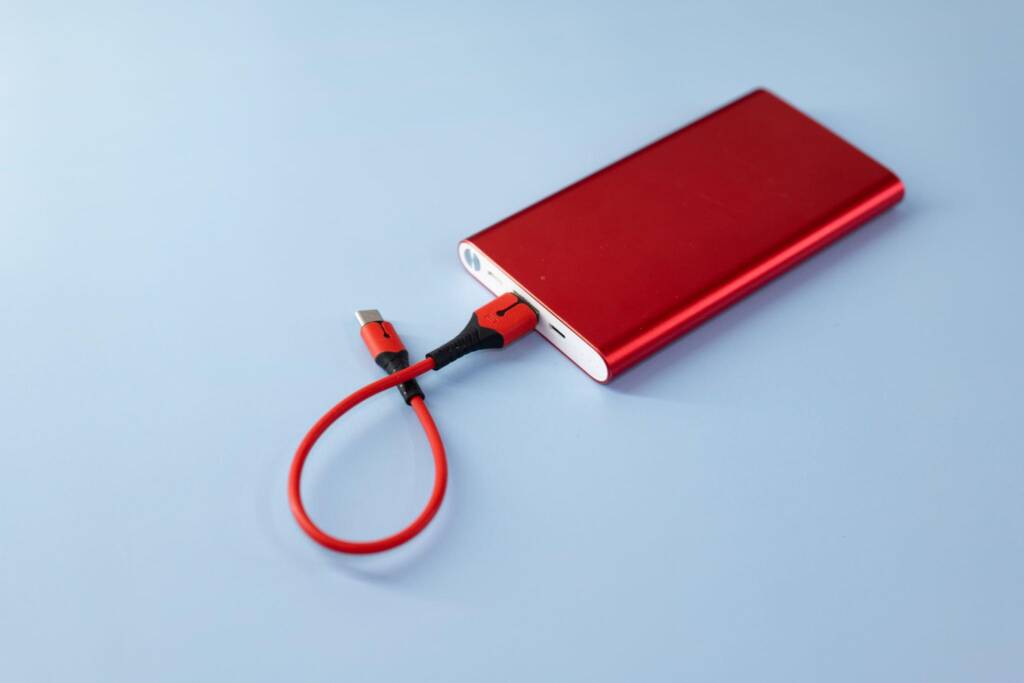

Before you start any major system changes, it’s crucial to create a backup of your important files and documents. This step ensures that even if something goes wrong during the dual boot installation, you won’t lose any valuable data.
Step 2: Check System Requirements
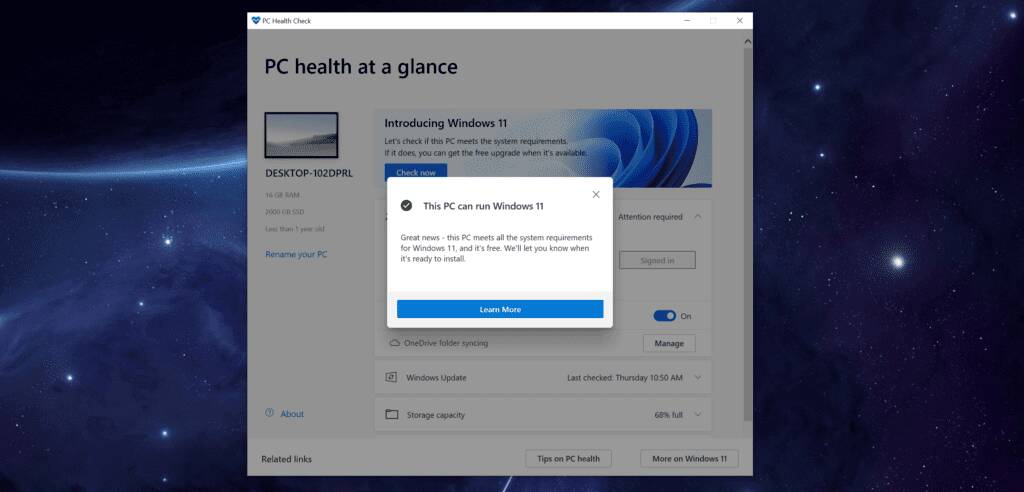

Confirm that your computer meets the system requirements for both Windows 10 and Windows 11. Visit the official Microsoft website to find the minimum hardware specifications for each operating system. If your system meets the requirements, you’re good to go!
Step 3: Create a Partition
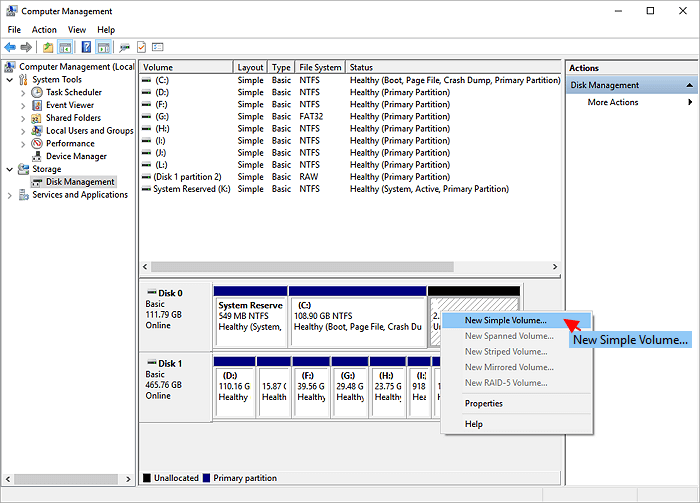

To dual boot Windows 10 and Windows 11, you need to create a separate partition on your hard drive. A partition is a logically independent section of your hard drive that can be formatted and used as a separate storage space.
- Press the Windows key, type “Disk Management,” and open the Disk Management utility.
- Right-click on your primary drive (usually labeled “C:”) and select “Shrink Volume.”
- Enter the amount of space you want to allocate for the Windows 11 partition. Ensure you leave enough space for your files and applications.
- Click “Shrink” and wait for the process to complete.
Step 4: Create Bootable USB Drives
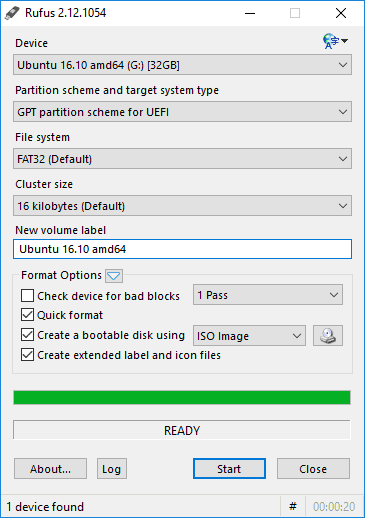

Next, you need to create bootable USB drives for both Windows 10 and Windows 11. These USB drives will be used to install each operating system on their respective partitions.
- Download the official Windows 10 Media Creation Tool from the Microsoft website.
- Run the tool and follow the on-screen instructions to create a bootable USB drive for Windows 10.
- Repeat the process to create a bootable USB drive for Windows 11 using the official Windows 11 Installation Assistant.
Step 5: Install Windows 10
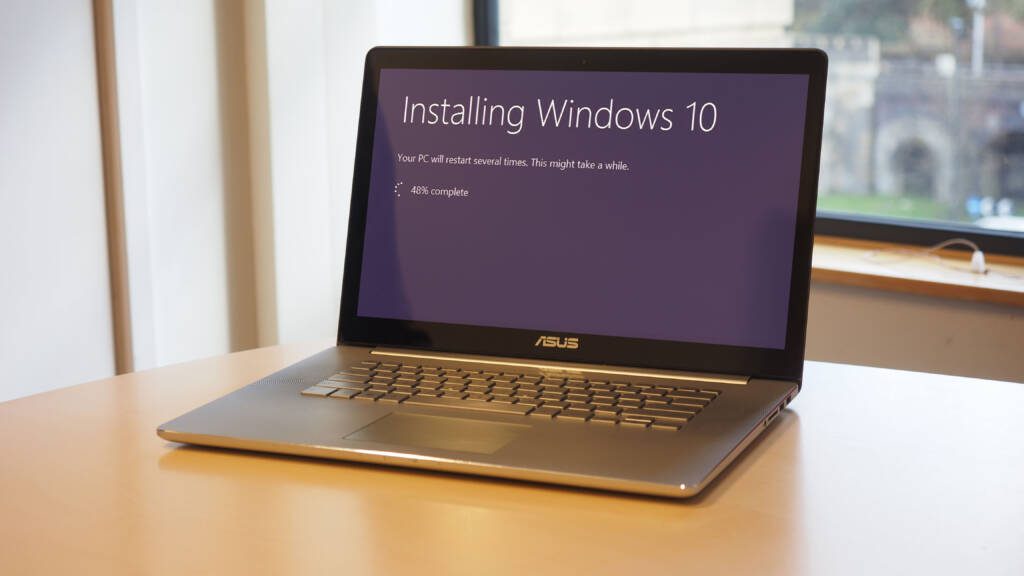

Now it’s time to install Windows 10 on the allocated partition.
- Restart your computer and boot from the Windows 10 USB drive. You may need to change the boot order in your BIOS settings.
- Follow the on-screen instructions to install Windows 10 on the newly created partition.
- Once the installation is complete, your computer will restart into Windows 10.
Step 6: Install Windows 11
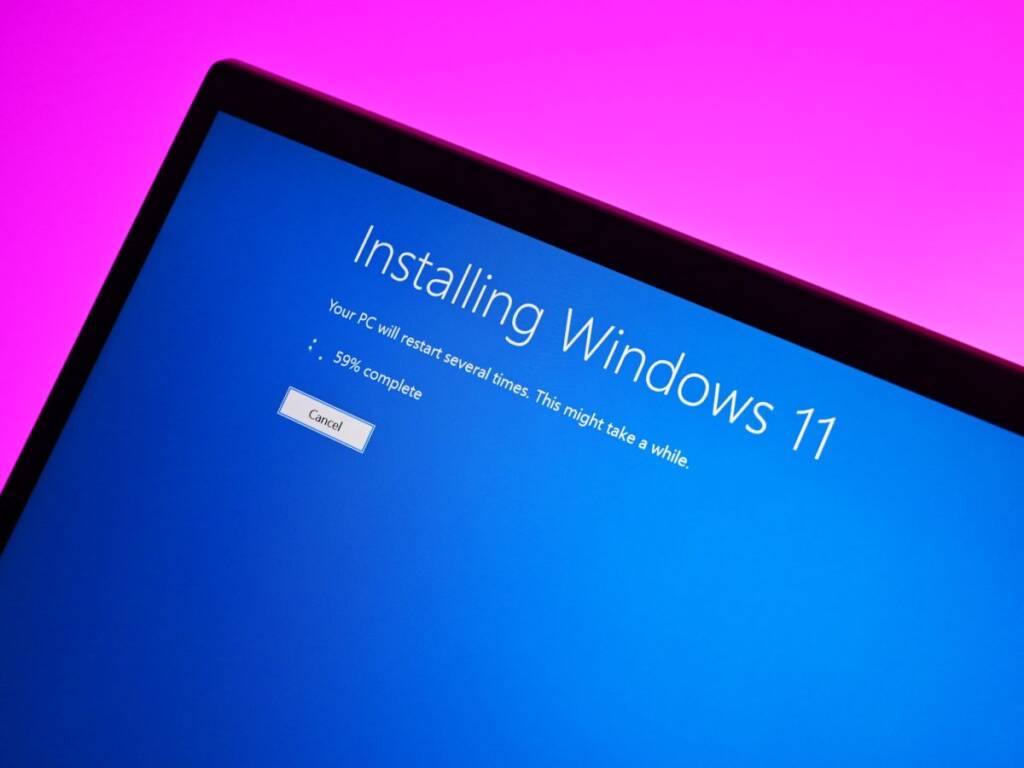

With Windows 10 successfully installed, you can now proceed with the installation of Windows 11.
- Restart your computer and boot from the Windows 11 USB drive.
- Follow the on-screen instructions to install Windows 11 on the remaining unallocated partition.
- After the installation, your computer will restart into Windows 11.
Step 7: Choose Your Operating System
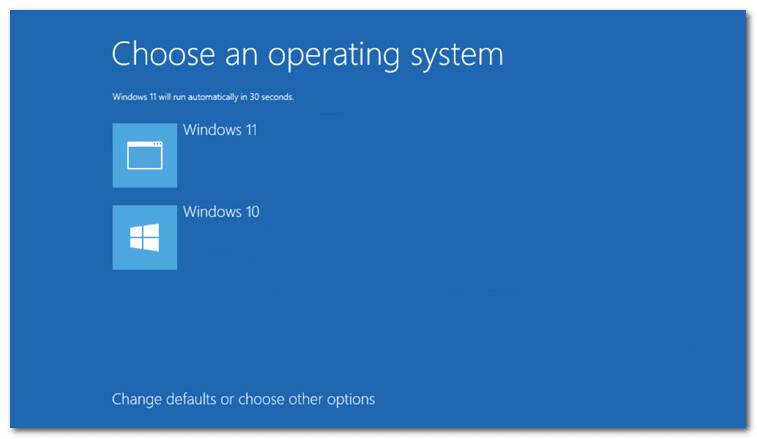

Whenever you start your computer, you’ll be presented with a boot menu that allows you to choose between Windows 10 and Windows 11. Use the arrow keys to navigate and select the desired operating system. You can set a default operating system in the boot menu settings if you prefer one over the other.
Conclusion:
Dual booting Windows 10 and Windows 11 provides the flexibility to enjoy the benefits of both operating systems. By following the steps outlined in this guide, you can easily set up a dual boot system and switch between Windows 10 and Windows 11 whenever you need to. Remember to back up your data, check system requirements, and create separate partitions for each operating system. With a little effort, you can experience the best of both worlds without sacrificing compatibility or functionality. Happy dual booting!




